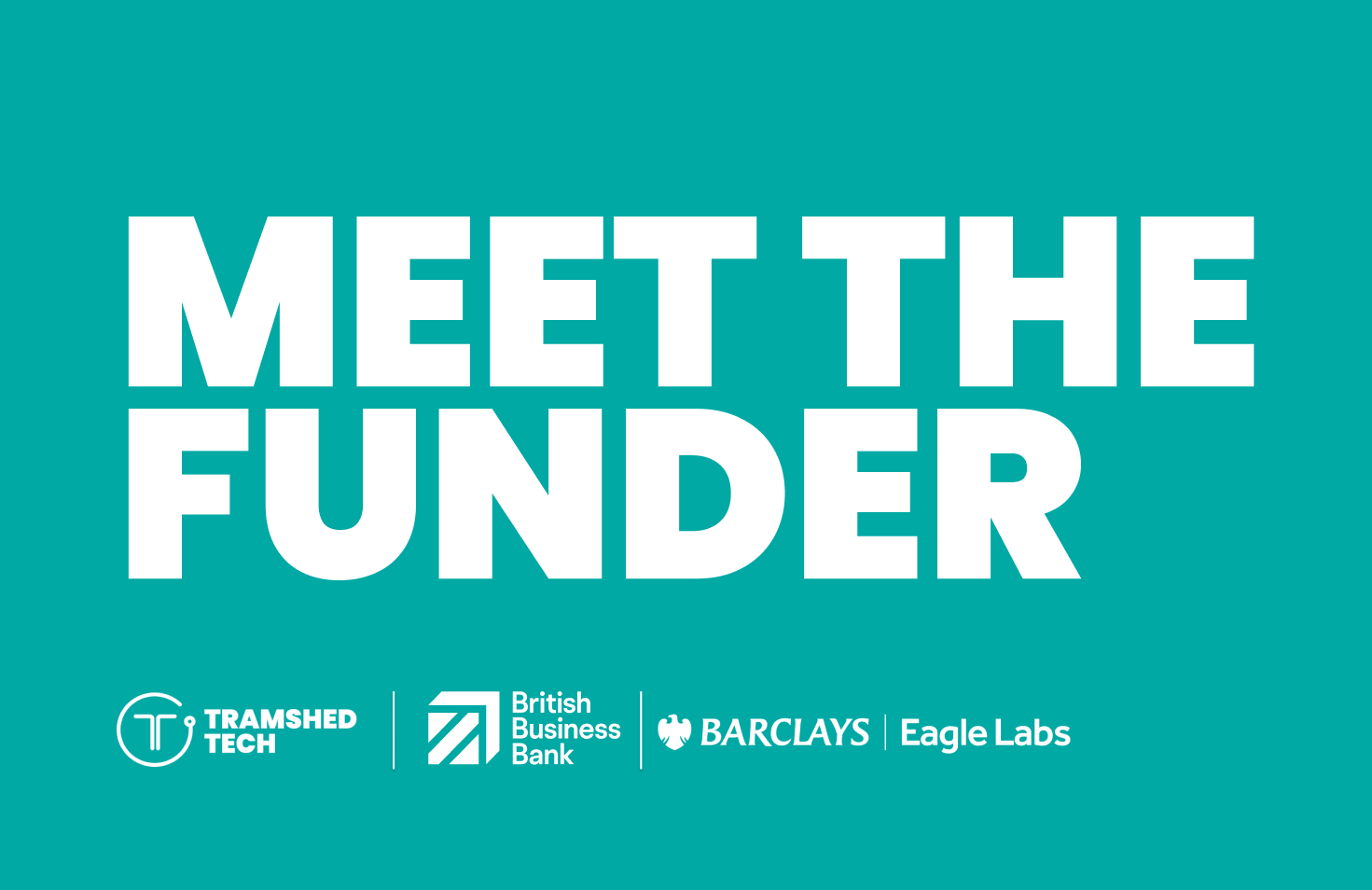Discover everything you need to know about product-market fit here, including what it means, why it is so important, how to measure it & an example of an incredibly successful business with strong product-market fit.
To put it simply, product-market fit describes the relationship between a product or service and the market in which it serves. For a product to have a good product-market fit, it must satisfy the needs and wants of a specific market, and make such a positive impact on your target audience that they actually start selling it for you via word of mouth.
The Importance of Product Market Fit
Product-market fit is absolutely crucial if you’re looking to grow and scale up your business. This is especially the case if you’re a start-up as you’ll need to demonstrate product-market fit to gain funding. Remember, investors want to know that they will be seeing a return on their investment before going ahead, so product-market fit is vital.
What’s more, ensuring product-market fit early on can reduce the risk of product failure further down the line. A product that does not have a good fit with its target market is likely to fail, and so by creating a product that meets the needs and wants of a specific market, businesses can reduce the risk of investing time and money in a product that is not in high demand.
How to Measure Product Market Fit
When it comes to measuring product-market fit, it can be a little challenging as there is no one-stop metric to analyse. Instead, measuring product-market fit involves looking at several metrics at different parts of the customer journey.
To measure product-market fit, you will want to look at these 6 metrics:
- The 40% rule
- Customer acquisition and retention
- NPS
- Market share
- Customer feedback
- Sales growth and revenue
1.The 40% Rule
The 40% rule is a simple metric designed to determine the impact your product makes on the market/ the impact it would make if your product was no longer on the market. If at least 40% of your users or customers indicate that they would be “very disappointed” if they lost access to your product, this is a good measure of product-market fit.
2. Customer Acquisition and Retention
If your business is acquiring and retaining customers at a sustained rate, this can be a strong indication of product-market fit. A product that has a good fit with its target audience will attract and retain customers at a higher rate than one that does not.
3. NPS
Another important metric for measuring your product-market fit is NPS (Net Promoter Score). This score measures the number of customers who would recommend your product to others.
If your customers continue to appreciate and purchase your product, they are likely to recommend it to their friends and family, helping to drive new purchases of your product.
4. Market Share
The market share your product has in its market can provide valuable insights into product-market fit. And although market share is a tricky metric to measure (because you’re unlikely to get data from your competitors), it can be estimated using your own reports and market research on your competitors. This will help you judge your overall performance in the last period compared to the rest of the market.
If your product has a high market share and a low level of competition, this indicates a good product-market fit.
5. Customer Feedback
Customer feedback is without a doubt one of the most valuable indicators of product-market fit, as it provides you with honest insights into your customers’ level of satisfaction.
If customers are highly satisfied with your product/service, this indicates good product-market fit, whereas low satisfaction may indicate a need for improvements.
6. Sales Growth and Revenue
Last but certainly not least, sales growth and revenue can be an important indicator of product-market fit, as it shows that customers are willing to pay for the product or service you are offering.
Examples of Successful Product Market Fit: Uber
Uber is a prime example of a hugely successful company that has achieved good product-market fit.
Founded in 2009 as a next-generation ride sharing service, Uber now operates in 72 countries worldwide and is currently estimated to be worth over $42 billion. So, how did it achieve such successful product-market fit and turn into the world’s largest ride-sharing company?
They Addressed the Market Need
First and foremost, Uber identified a gap in the market for a convenient, accessible and affordable ride-sharing service that could be easily accessed through a mobile device. Their product was then developed to meet this need and created a competitively priced, reliable travel service.
They Solved Customer Issues
Uber also fixed a number of pain points for customers, such as long wait times for taxis and a lack of clarity when it comes to pricing. By offering a service that solved these issues, Uber was able to attract and retain loyal customers.
They Have Adapted To The Changing Market
Uber has also successfully adapted to market changes, such as expanding its service offerings beyond ride-sharing to include food delivery, freight, and public transportation. This has significantly helped to keep the company relevant and meet the ever-changing customer needs.
-
We are Tramshed Tech: a startup ecosystem home to 50+ companies ranging from pre-revenue start-ups to scaling businesses with 600+ registered members from the digital, creative and tech communities. We’re currently based in Grangetown, Cardiff Central & Newport, and are soon expanding to other sites across South Wales to Barry and Swansea.
If you’re interested in joining us at any of our locations, please don’t hesitate to get in touch.
Written by Kate for Tramshed Tech.
















